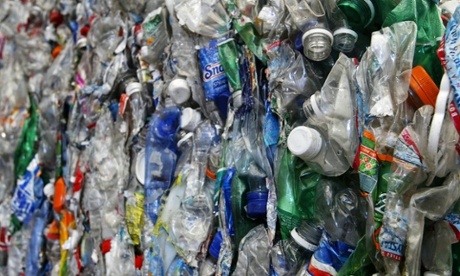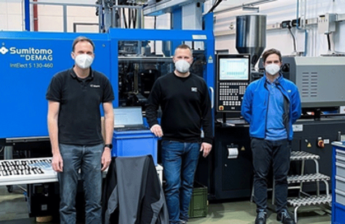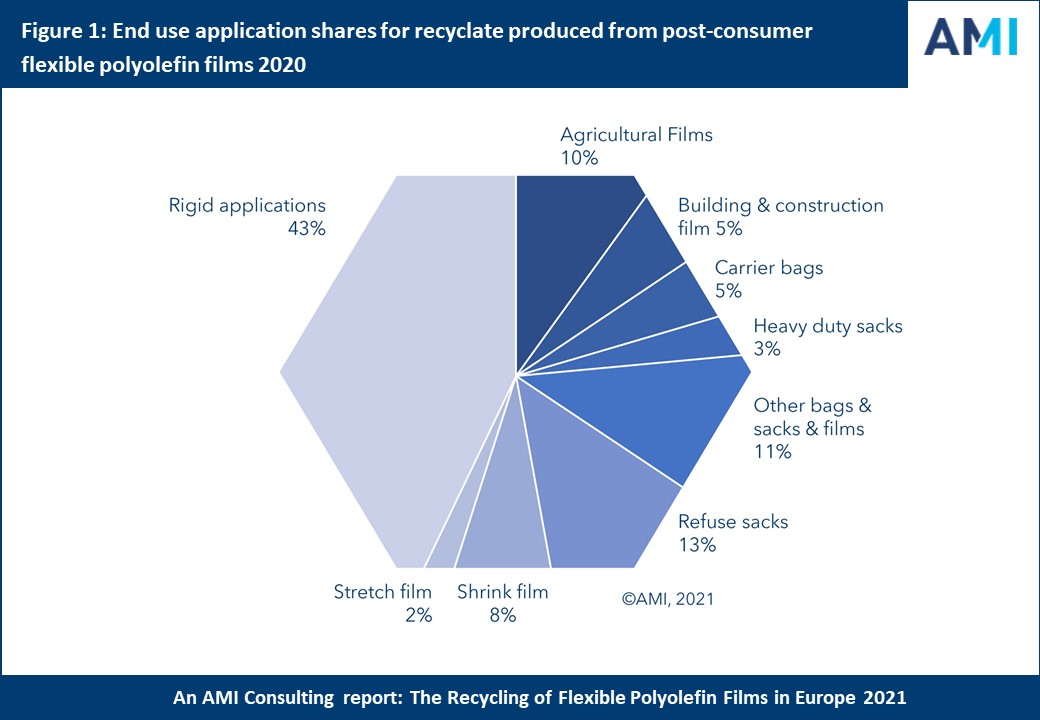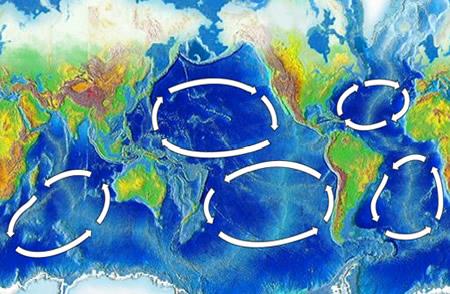 When you toss that empty water bottle into the recycle bin, you’re not only sparing landfill space and helping the environment, you’re also
When you toss that empty water bottle into the recycle bin, you’re not only sparing landfill space and helping the environment, you’re also
boosting the economy.
And, a recent $4.5 million private investment upgrade to the Resource Recovery and Recycling Authority of Southwest Oakland County facility in Southfield is making it even easier to recycle.
That’s a good thing, said Michael Csapo, general manager of RRRASOC, which now has the largest capacity of any recycling facility in the State of Michigan.
RRRASOC is a consortium formed by the cities of Farmington, Farmington Hills, Novi, South Lyon, Southfield, Walled Lake and Wixom. It’s been in operation since 1994. The authority partners with a private company called ReCommunity to run the facility and to sell the commodities (the plastics, glass, paper and metal) nationwide and even worldwide.
It was built as a dual stream recycling facility, which was the trend at the time, said Csapo. It was easier than the multi-sort trend before that.
“There was a lot of effort residents had to make, to make sure things were sorted correctly,” he said. “The trend now is single stream. If you can put everything into a single spot, you cut down on the time it takes to prepare it, pick it up and dump it.”
The upgrade allows for single stream recycling, meaning residents and businesses no longer have to separate their paper, glass, plastic and metals. The new state-of-the-art equipment at the facility can do the separating and sorting.
“Studies show that when you switch to single stream recycling, you increase the total volume by 20 to 60 percent,” he said.
Economic impact
That’s not only good for the environment, it’s good for the economy, he said.
“It’s good for the environment because it cuts down on pollution, saves energy and saves natural resources, but it also creates jobs,” he said. “If we bury (recyclable materials) they’re gone, but if we recycle them, there are all of these jobs added down that chain.”
Materials that are sorted and bundled at the RRRASOC facility are then sold as commodities to secondary materials processors, which get the materials ready for their customers — manufacturers that use the materials to make usable products.
Plastic water bottles, for example, are often turned back into plastic water bottles. Other plastics are processed and molded for other uses. Paper is processed and reused as well.
“Fifty-five percent of the paper goes from here, directly to a paper mill,” said Csapo.
Many of the commodities are exported to other countries, such as China.
Revenue from the sale of the commodities is then put back into the facility and also goes toward keeping recycling rates down for the contracting municipalities.
“We want to think of these as resources — we can pay to bury them or we can get paid for them,” said Csapo. “There’s value added all the way down the material stream.”
Csapo said the economic message is often overshadowed by the environmental message, but both are important.
“The choices people make in their kitchens and curbside really do have a global impact,” he said.
State of the art
The equipment, which is installed and ready for final calibration, is capable of separating cardboard, for example, from a load of materials. The remainder flows along a conveyor, where sorters are on hand to separate the different kinds of plastics and metals. An optic scanning device focuses on water bottles.
Vacuums are used to grab out the plastic shopping bags before the load enters the machine that does more separating by size and weight.
Csapo said they’re expecting to recycle between 70,000 and 100,000 tons of material, compared to last year’s 14,000 tons.
The new system even has cameras that can record the flow of the materials as they move through the process. Csapo said they’ll be able to produce an educational program, from the videos, to show to students at area schools.
“Hopefully, a year from now, we’ll be talking about virtual tours,” he said.
Some changes
Residents will notice a few changes.
First, those plastic grocery bags will no longer be accepted. Csapo said there’s not a market for them and it takes too long to collect enough. They also get caught and tangled in the machines. He suggests people use reusable cloth shopping bags instead.
Ceramics and No. 3 plastics (PVC) will no longer be accepted.
Newly accepted recyclables include wide-mouthed plastic tubs, like margarine tubs and yogurt cups; and also agricultural containers — the plastic containers for plants and flowers.
Some of the RRRASOC communities, including Southfield, Farmington, Farmington Hills and Wixom, are considering switching from curbside bins to 96-gallon carts on wheels. Each city will need to amend their contract with their waste hauler, noted Csapo.
He said the larger carts make recycling even easier for residents.
A public education campaign about the single stream recycling program will be an important piece in ramping up recycling in the RRRASOC communities. For more information, visit www.rrrasoc.org.
Source : www.hometownlife.com






